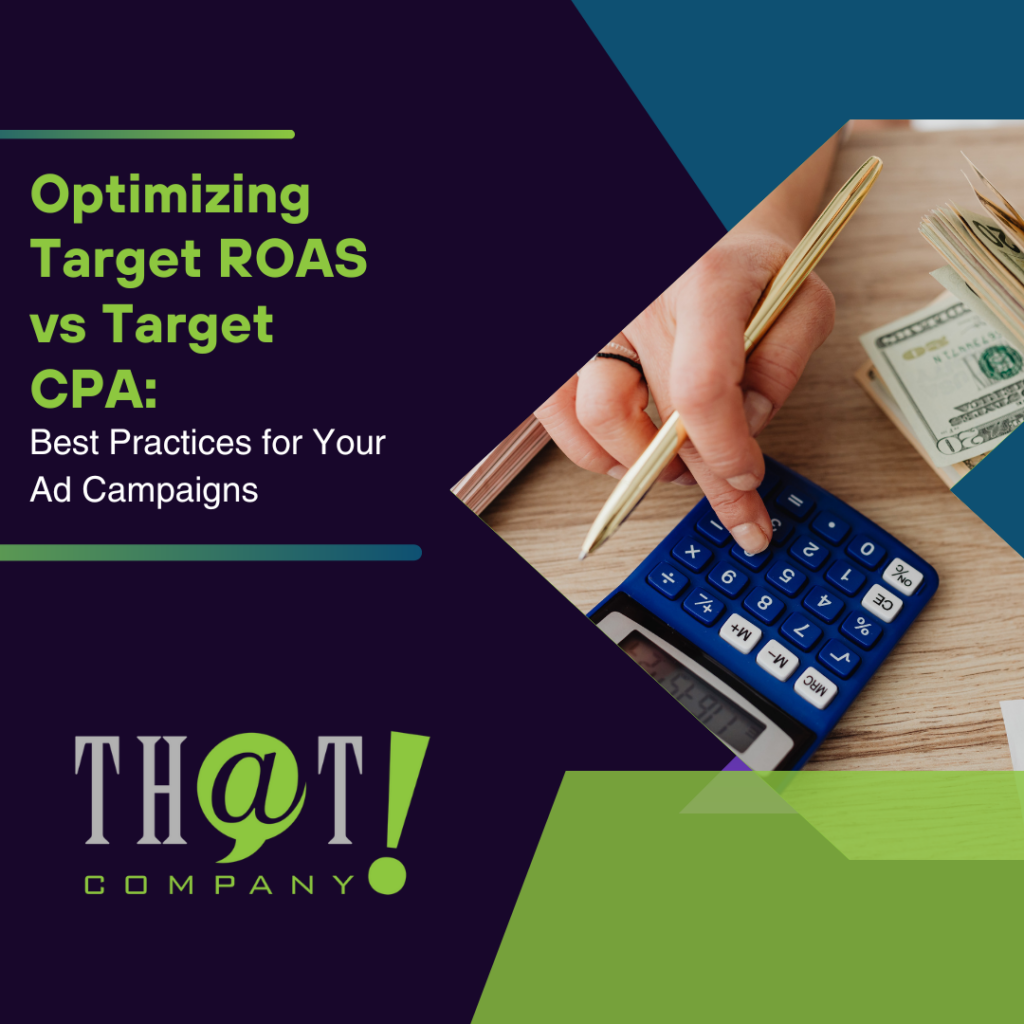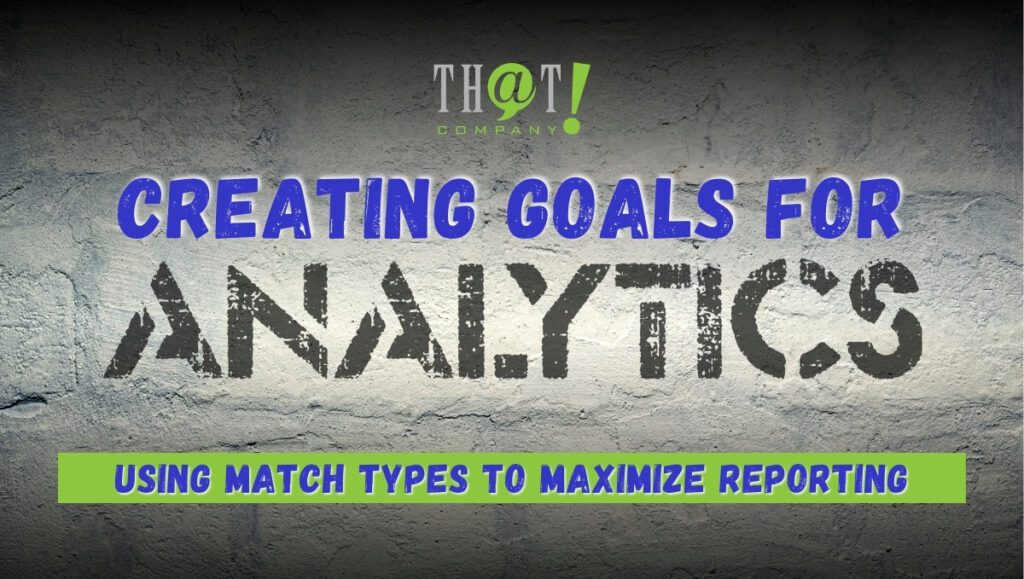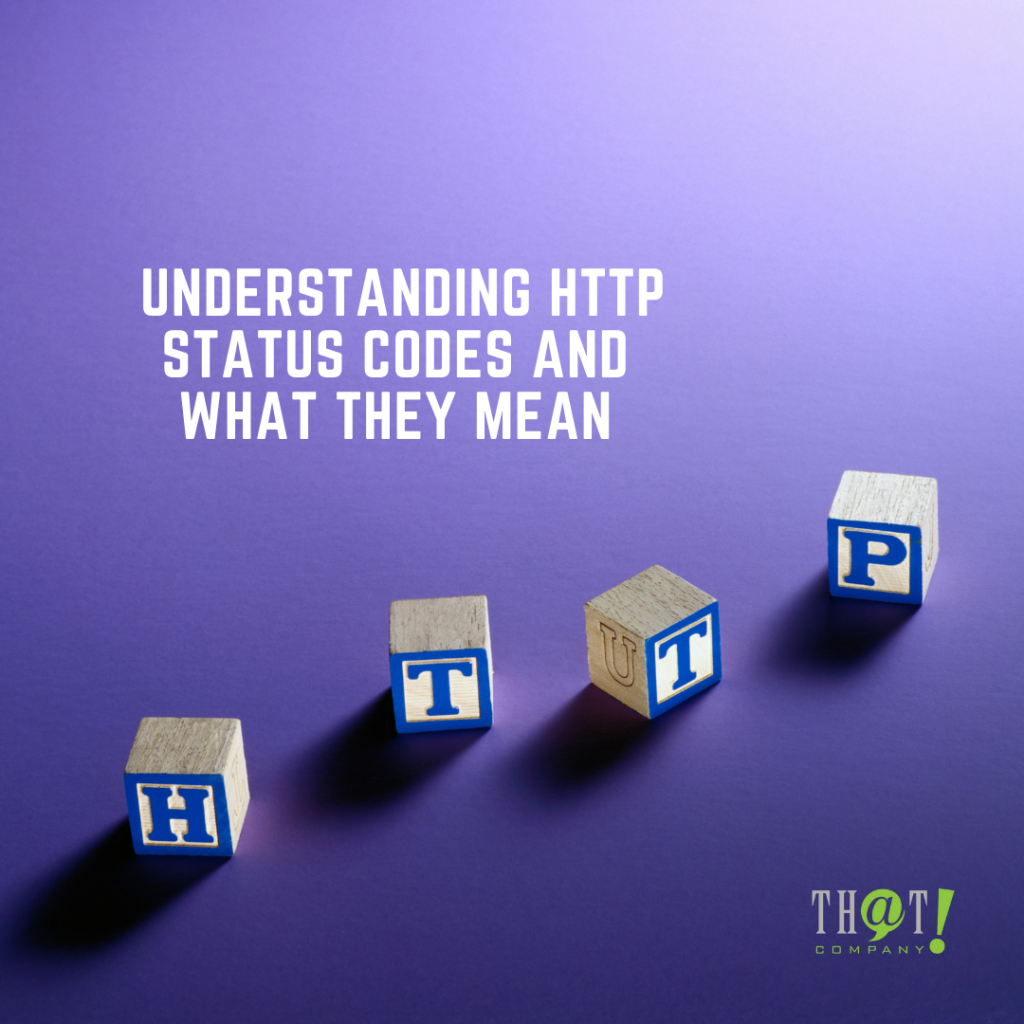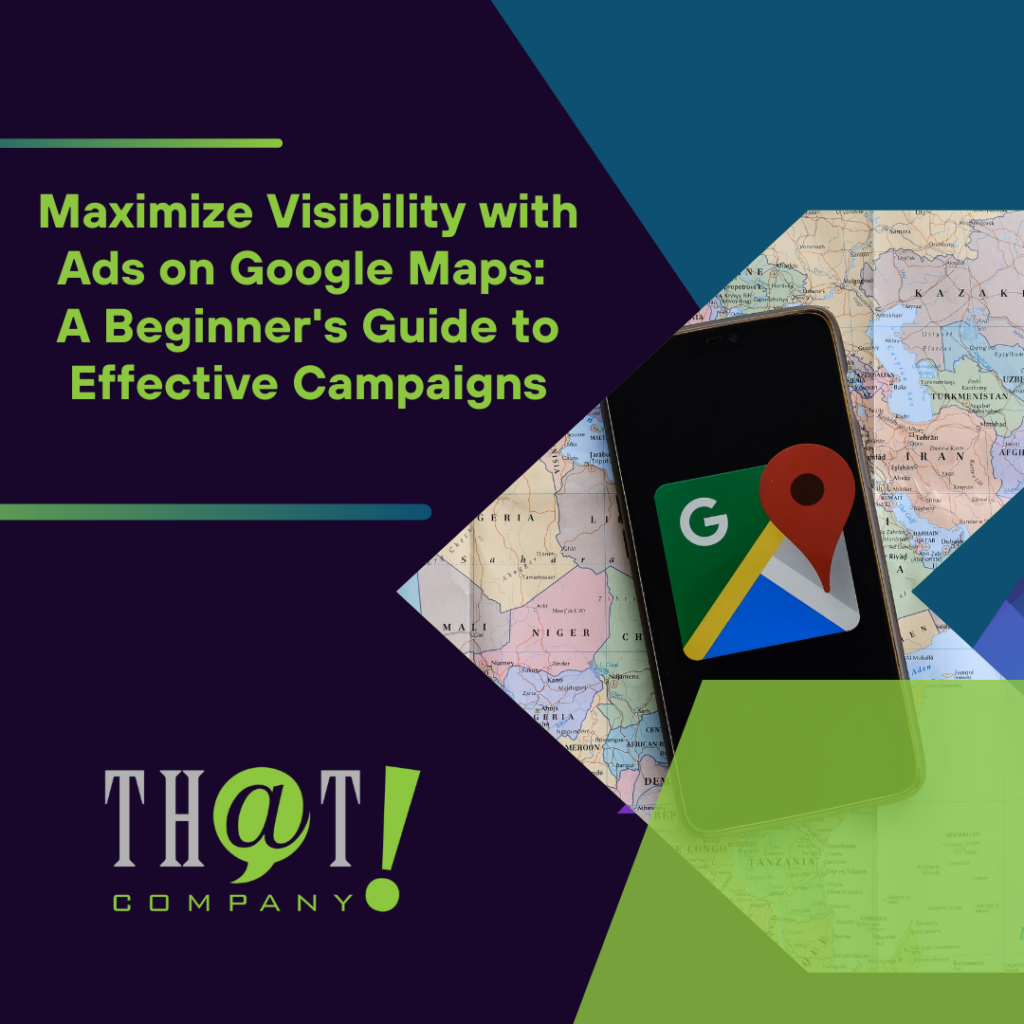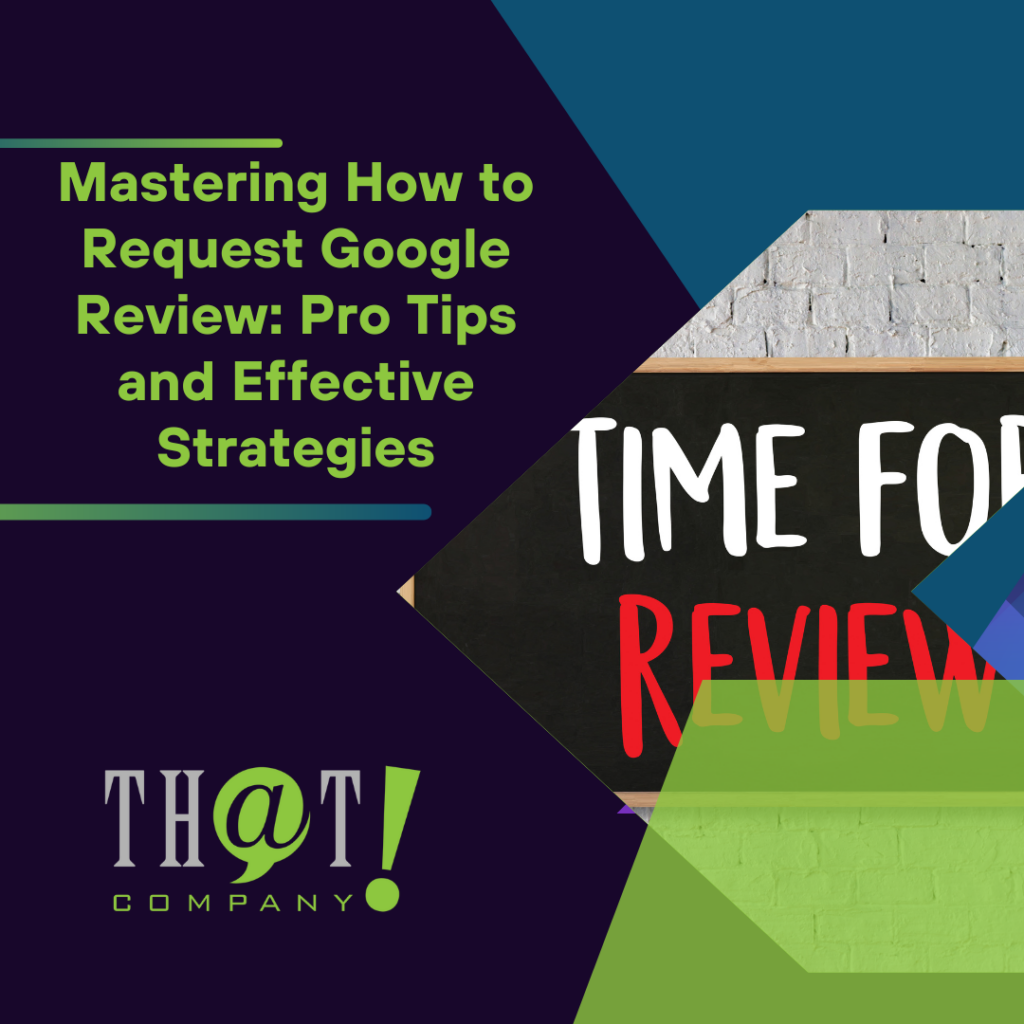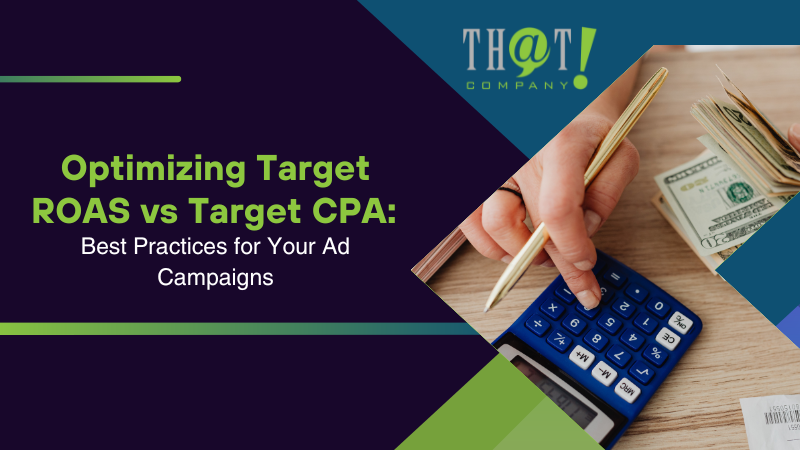
When it comes to automating your advertising spend, two key strategies often come into play: Target ROAS (Return on Ad Spend) and Target CPA (Cost Per Acquisition). Understanding the differences between these strategies—target ROAS vs target CPA—can significantly impact your campaign’s success. This article will help you choose the right strategy for your goals by diving into how each approach works and what situations they are best suited for.
Key Takeaways
- Target ROAS focuses on maximizing conversion value and revenue, making it ideal for e-commerce campaigns, while Target CPA aims to control acquisition costs, suitable for lead generation.
- Choosing between Target ROAS and Target CPA should be based on specific campaign objectives, industry needs, and historical performance data.
- Utilizing Smart Bidding and real-time data analytics enhances campaign performance by optimizing bids and ensuring campaigns align with current market conditions.
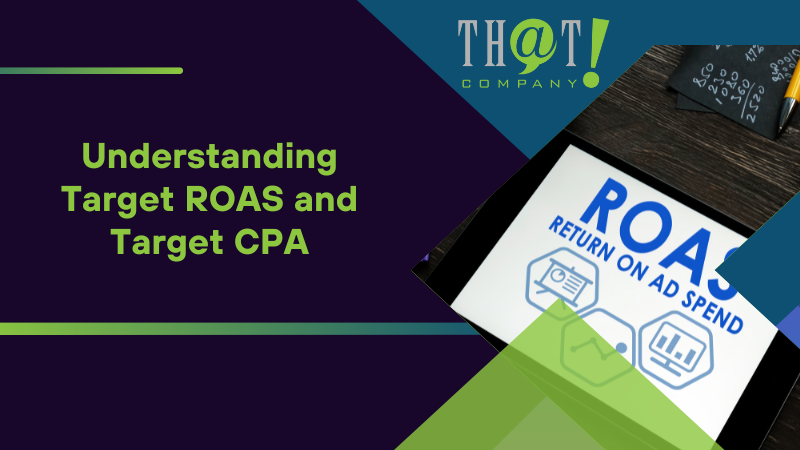
Understanding Target ROAS and Target CPA
First, it’s important to understand what Target ROAS and Target CPA are and their significance. Target ROAS stands for Return on Ad Spend. It’s a smart bidding strategy in Google Ads aimed at maximizing the conversion value from your ad spend. Essentially, Target ROAS adjusts your bids to achieve the highest possible revenue from your investment.
On the other hand, Target CPA is designed to control the cost per acquisition. This strategy focuses on maintaining a set cost for each conversion, thus maximizing the volume of conversions within a specified budget. Both strategies leverage Google’s automation capabilities to align your ad spend with your campaign objectives, whether that’s maximizing revenue or controlling costs.
What is Target ROAS?
Target ROAS, or Return on Ad Spend, is an automated smart bidding strategy that aims to set a revenue target return from your ad spend. Target ROAS aims to maximize conversion value, ensuring your advertising investments yield the highest possible returns. This strategy is especially effective in e-commerce settings, where increasing sales and maximizing profitability are key goals.
The algorithm behind Target ROAS adjusts bids to optimize clicks based on their potential to convert, continuously analyzing data to refine its approach in real-time. In essence, Target ROAS aims to maximize conversion value by achieving a target ROAS, making it a powerful tool for businesses looking to boost their revenue from advertising.
What is Target CPA?
Target CPA stands for Target Cost Per Acquisition, another automated bidding strategy focused on controlling the cost per conversion. The primary goal of Target CPA is to maintain a specific average cost for each acquisition, making it ideal for campaigns where managing acquisition costs is crucial.
Target CPA is particularly useful for lead generation, where actions such as subscribing to an email list or filling out a lead form are considered valuable conversions. Target CPA adjusts bids to meet the specified cost per conversion, helping businesses manage their ad spend effectively while achieving desired conversion volumes.

Need Help? The Key Benefits of Using That! Company’s White Label PPC Management
Navigating the complexities of Google Ads campaigns can be daunting. This is where That! Company’s white label PPC services come into play. Outsourcing PPC management to experts allows you to offer comprehensive services without expanding your internal teams. This flexibility enables agencies to scale their offerings according to client needs without the stress of hiring or training new staff.
That! Company handles everything from strategy to execution, allowing agencies to focus on their core strengths such as strategic planning and client relationships. With detailed keyword analysis, hands-on PPC bid management, and continual evaluation of custom landing pages, That! Company ensures maximum return on investment and lead generation across Google Ads campaigns.
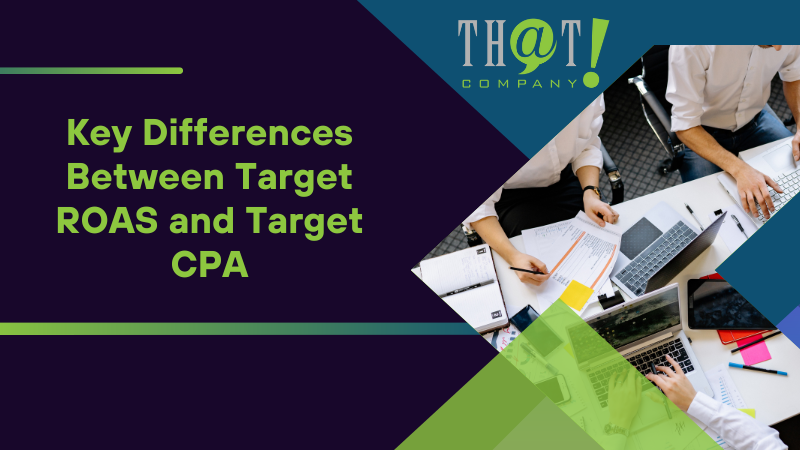
Key Differences Between Target ROAS and Target CPA
Understanding the key differences between target ROAS vs target CPA is vital for choosing the right strategy for your ad campaigns. While Target ROAS aims to maximize the value of conversions by focusing on revenue, Target CPA focuses on maintaining a set cost per conversion to maximize conversion volume.
Effective implementation of Target ROAS can significantly increase revenue and overall ad performance, which is particularly beneficial for e-commerce businesses. Conversely, Target CPA is better suited for campaigns focusing on lead generation, where controlling acquisition costs is more critical.
Focus on Revenue vs. Cost
The main difference between Target ROAS and Target CPA lies in their focus: revenue versus cost. Target ROAS assigns values to conversions to optimize revenue, making it ideal for campaigns that aim to generate the most revenue possible from advertising efforts. However, assigning incorrect values to conversion actions can skew performance metrics and lead to suboptimal results. This comparison of ROAS vs target CPA highlights the distinct strategies involved.
In contrast, Target CPA is all about limiting the costs of customer acquisition. By maintaining a predefined cost per acquisition, this target cpa strategy helps businesses manage their budgets effectively while maximizing conversions. This focus on cost control makes Target CPA a preferred choice for lead generation campaigns.
Application in Campaigns
Target ROAS is most effective for campaigns that generate immediate revenue, such as e-commerce. E-commerce businesses benefit more from a ROAS-based strategy because it aligns closely with their goals of maximizing profitability per advertising dollar spent.
On the other hand, Target CPA is better suited for lead generation campaigns. This strategy helps businesses control their acquisition costs, making it a good fit for B2B companies focused on generating leads. By maintaining a specific average cost per acquisition, Target CPA ensures that businesses can manage their budgets while achieving their desired conversion volumes.

Choosing the Right Bidding Strategy for Your Goals
Choosing the right bidding strategy is crucial for aligning your ad campaigns with your business goals. When comparing target ROAS vs target CPA, Target ROAS focuses on maximizing revenue, making it ideal for e-commerce businesses looking to increase margins and profitability. On the other hand, Target CPA is aimed at optimizing for sales volume by controlling acquisition costs, which is particularly relevant for lead generation campaigns.
Understanding the complexities of your campaign and matching them with an appropriate bidding strategy is pivotal for performance. Businesses should consider their specific objectives, industry, and profit margins when choosing between Target ROAS and Target CPA.
When to Use Target ROAS
Target ROAS is particularly beneficial for campaigns where increased revenue from ads is the primary goal. E-commerce businesses often prefer Target ROAS due to its focus on maximizing profitability per advertising dollar spent.
This strategy is ideal for businesses looking to increase margins and advertising investments. It is frequently used in e-commerce campaigns that drive direct sales, where maximizing the return on ad spend is crucial.
When to Use Target CPA
Target CPA is particularly relevant for B2B companies focused on lead generation. This strategy helps businesses manage the average cost per lead effectively, making it ideal for campaigns that aim to generate leads while controlling acquisition costs.
By optimizing their budget, businesses can ensure that they achieve their desired conversion volumes without exceeding their target cost per acquisition. This makes Target CPA a powerful tool for managing acquisition costs efficiently in lead generation campaigns.

Setting Up and Optimizing Your Bidding Strategies
Setting up and optimizing your bidding strategies is essential for achieving the best results from your ad campaigns. Proper conversion tracking setup is crucial for effectively utilizing both Target ROAS and Target CPA strategies.
Smart Bidding automates the bid management process by using Google’s data and machine learning to optimize bids according to campaign objectives. Continuous optimization through regular monitoring and adjustments enhances overall campaign effectiveness.
Setting Up Target ROAS
To effectively use Target ROAS, businesses should accurately assign values to their conversion actions based on revenue. Proper tracking is essential for successful Target ROAS campaigns.
Adjustments should be made at the ad group level, and bid limits are not recommended as they restrict optimization by AI. Assigning conversion values through Google Ads and structuring campaigns effectively helps businesses optimize their ad spend for maximum returns.
Setting Up Target CPA
Adjusting your Target CPA based on customer lifetime value (LTV) can lead to better results. Ensuring that landing pages are optimized for conversion is also crucial for effectively configuring Target CPA settings. This approach helps businesses manage their acquisition costs while achieving their desired conversion volumes.
Focusing on both immediate and long-term conversion values enhances the effectiveness of Target CPA campaigns to achieve max conversions.
Continuous Optimization
Monitoring performance regularly enables timely adjustments to bidding strategies, enhancing overall campaign effectiveness. Implementing conversion tracking in Google Ads is essential for optimizing bids with real-time data.
Using accurate values for conversions ensures that Google Ads optimizes for the actual revenue generated, leading to better performance. Continuous optimization through strategic adjustments and A/B testing can significantly improve campaign results.

Real-World Examples and Case Studies
Real-world examples and case studies provide valuable insights into the effectiveness of different bidding strategies. A comprehensive Google Ads strategy and portfolio bid strategy helped an e-commerce retailer achieve a remarkable 11.76x return on ad spend, significantly exceeding their target.
These case studies highlight the importance of tailored strategies and continuous optimization in achieving outstanding returns. By leveraging insights from these successful campaigns, other businesses can adopt similar practices to enhance their ad performance.
E-commerce Success with Target ROAS
Maniology, a nail art retailer, utilized Google Smart Shopping campaigns to optimize their product visibility and drive sales effectively. Another example is an apparel brand, 686, which achieved a 714% rise in sales transactions after refining their Target ROAS strategy.
E-commerce businesses can enhance their return on ad spend by strategically targeting high-conversion keywords and optimizing their ad campaigns. By focusing on the right metrics and continuously optimizing their strategies, these businesses achieved significant improvements in their ad performance.
Lead Generation Success with Target CPA
A B2B company faced challenges in managing acquisition costs effectively but saw an 83% increase in sign-ups while decreasing its cost per acquisition by implementing a focused Target CPA bidding strategy. This example underscores the potential of Target CPA in lead generation.
Effective use of Target CPA helps businesses lower acquisition costs while maintaining high-quality leads. This strategy ensures that businesses can manage their budgets efficiently while achieving their desired conversion volumes.

Common Pitfalls and How to Avoid Them
While Target ROAS and Target CPA can significantly enhance ad performance, common pitfalls can hinder their effectiveness. One frequent error is failing to establish correct conversion values, which can misguide bidding strategies and lead to suboptimal results.
Advertisers often have unrealistic expectations about immediate results, which can lead to disappointment and incorrect adjustments. Remember, ads are a marathon, not a race. Setting realistic goals and continuously optimizing strategies lead to long-term success.
Misaligned Conversion Values
One of the most common pitfalls in using Target ROAS and Target CPA is misaligned conversion values. Accurate conversion value assignment is critical for successful campaign performance. If Google Analytics is not configured to know the target action, the optimization process can be severely affected. Ensuring that the target action is clearly defined will enhance conversion tracking and optimization.
Different conversion actions should have associated values that reflect their true impact on your business. For instance, a purchase might be valued higher than a newsletter sign-up. By correctly assigning these values, you can ensure that your bidding strategies are optimized to generate the most revenue or conversions.
Unrealistic CPA Targets
Setting overly ambitious CPA targets is another common issue that can lead to subpar performance. Advertisers might set targets that are too low, leading to ineffective ad spend and missed opportunities for conversions. To avoid this, it is advisable to analyze historical data before adjusting CPA targets to ensure they are reasonable and attainable.
Achieving balanced CPA targets involves understanding your campaign’s capacity and historical performance. By setting realistic targets based on data-driven insights, you can optimize your ad spend and improve overall campaign performance.

Advanced Techniques for Maximizing Performance
For advertisers looking to push the boundaries of their campaigns, advanced techniques can provide significant performance boosts. Smart Bidding strategies, for example, analyze potential conversion values using historical data to optimize each bid effectively. This approach leverages Google’s AI to adjust bids in real-time based on the likelihood of conversion, optimizing campaigns across Search, Display, and Shopping. Working with a white label agency services provider enables businesses to implement these advanced strategies without the need for in-house expertise, ensuring better campaign performance and scalability.
Integrating real-time data into your bidding strategies also enhances performance. Real-time analytics provide insights that help refine audience targeting and optimize budget allocation. Using precise, real-time insights allows advertisers to adjust their bids based on current market conditions, improving accuracy and maximizing return on ad spend.
Leveraging Smart Bidding
Smart Bidding is an automated bid strategy that uses Google’s AI to optimize for conversions or conversion value. This strategy is typically used in Performance Max campaigns, where it adjusts bids in real-time based on the likelihood of a user converting. By optimizing to goals like Target CPA and Target ROAS, Smart Bidding can significantly enhance campaign performance.
Effective Smart Bidding involves setting up the right goals and continuously monitoring performance. Leveraging this technique enables advertisers to optimize bids across various campaign types, ensuring maximum effectiveness and ROI.
Utilizing Real-Time Data
Real-time data integration is crucial for optimizing bid accuracy and enhancing campaign performance. By adjusting bids based on real-time data, advertisers can ensure that their campaigns remain responsive to current market conditions, maximizing their return on ad spend.
Real-time analytics provide valuable insights that help refine audience targeting and optimize budget allocation. By using precise, real-time insights, advertisers can continuously refine their strategies for better ad performance, ensuring that their campaigns are always aligned with their business goals.
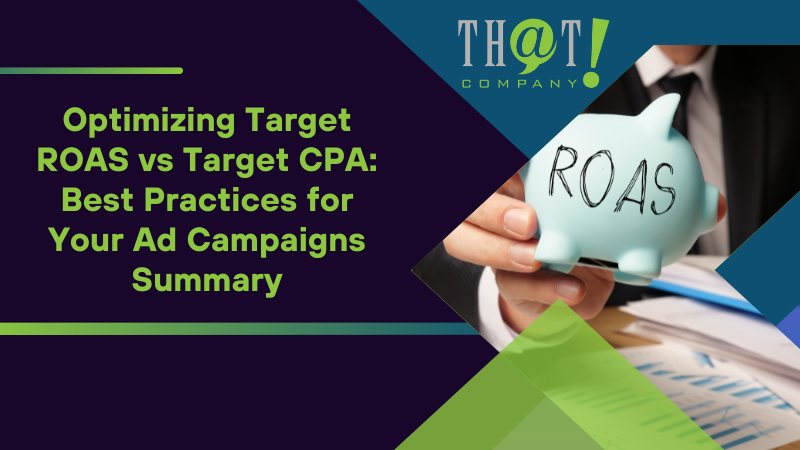
Summary
In conclusion, understanding target ROAS vs target CPA is crucial for optimizing ad campaigns. Target ROAS maximizes revenue by adjusting bids for the highest return on ad spend, making it ideal for e-commerce. Meanwhile, Target CPA focuses on controlling acquisition costs, making it perfect for lead generation campaigns. Partnering with a white label marketing company can help businesses implement these strategies effectively, ensuring optimal ad performance and higher ROI.
By setting up and continuously optimizing these bidding strategies, leveraging advanced techniques like Smart Bidding, and integrating real-time data, advertisers can ensure their campaigns achieve their maximum potential. Remember, the key to success lies in aligning your bidding strategy with your specific business goals, continuously monitoring performance, and making data-driven adjustments.

Frequently Asked Questions
What is the main difference between Target ROAS and Target CPA?
The main difference in target ROAS vs target CPA is that Target ROAS prioritizes maximizing revenue relative to ad spend, while Target CPA focuses on controlling costs per acquisition to increase conversion volume. Each strategy serves a distinct purpose based on your campaign goals.
When should I use Target ROAS?
You should use Target ROAS when your primary goal is to maximize revenue from ads, particularly in e-commerce campaigns focused on driving direct sales and profitability. This approach helps ensure that you get the most out of your advertising investment.
What are the common pitfalls when using Target ROAS and Target CPA?
A key pitfall with Target ROAS and Target CPA is the misalignment of conversion values and setting unrealistic CPA targets. Ensuring accurate conversion value assignment and basing CPA targets on historical data are essential for optimal campaign performance.
How can That! Company’s white-label PPC management services benefit my business?
Utilizing That! Company’s white label PPC management services can significantly enhance your business by allowing you to expand your service offerings without the need for additional internal resources. Their expertise in strategy, keyword analysis, and ongoing performance evaluations ensures that you achieve optimal return on investment.
What advanced techniques can I use to maximize the performance of my bidding strategies?
Leveraging Smart Bidding strategies and incorporating real-time data are essential for optimizing bids and enhancing campaign performance. Continuous monitoring and adjustment will further maximize the effectiveness of your bidding strategies.

